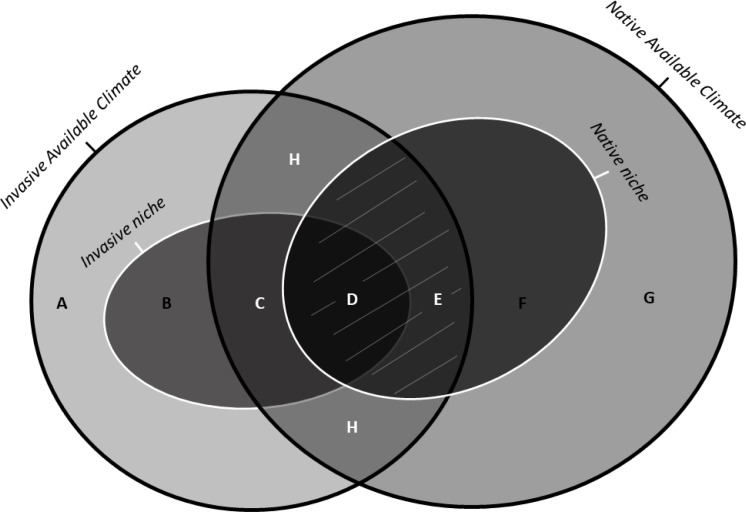Figure 1. Schematic representation of the indices of niche change (unfilling, stability, and expansion): adapted from Guisan et al. (2014) under the Elsevier License number 5243580352207.
Unbroken black lines show the density of available environments in the native range (on the right) and in the invasive range (on the left). The unbroken white lines on the left and on the right show the invasive and the native niches, respectively. The area with white uppercase letters shows the most frequent environments common to both ranges (i.e., analogue environments). The uppercase letters represent: (A) Available conditions in the invaded range but outside of the invasive niche and non-analogue to the native range (B) Novel conditions, i.e., conditions inside of the invasive niche but non-analogue to the native range. (C) Niche expansion, that is, conditions used by the species in the invasive range that, although available in the native range, are not exploited by the native population due to physical barriers or biotic interactions. (D) Niche stability, that is, conditions occuppied in both native and invaded range. (E) Unfilling, that is, conditions inside of the native niche but outside the invaded niche , possibly due to recent introduction combined with ongoing dispersal of the invasive species, which should at term fill these conditions . (F) Conditions inside of the native niche but non-analogue to the invaded range. (G) Available conditions in the native range, outside of the native niche and non-analogue to the invaded range. (H) Analogue conditions containing niche unfilling (E), stability (D) and expansion (C). The grey lines covering the regions (D) and (E) represent the Maximum Niche Stability that a species can occupy in the invaded range if there is no occupation of entirely novel conditions.

